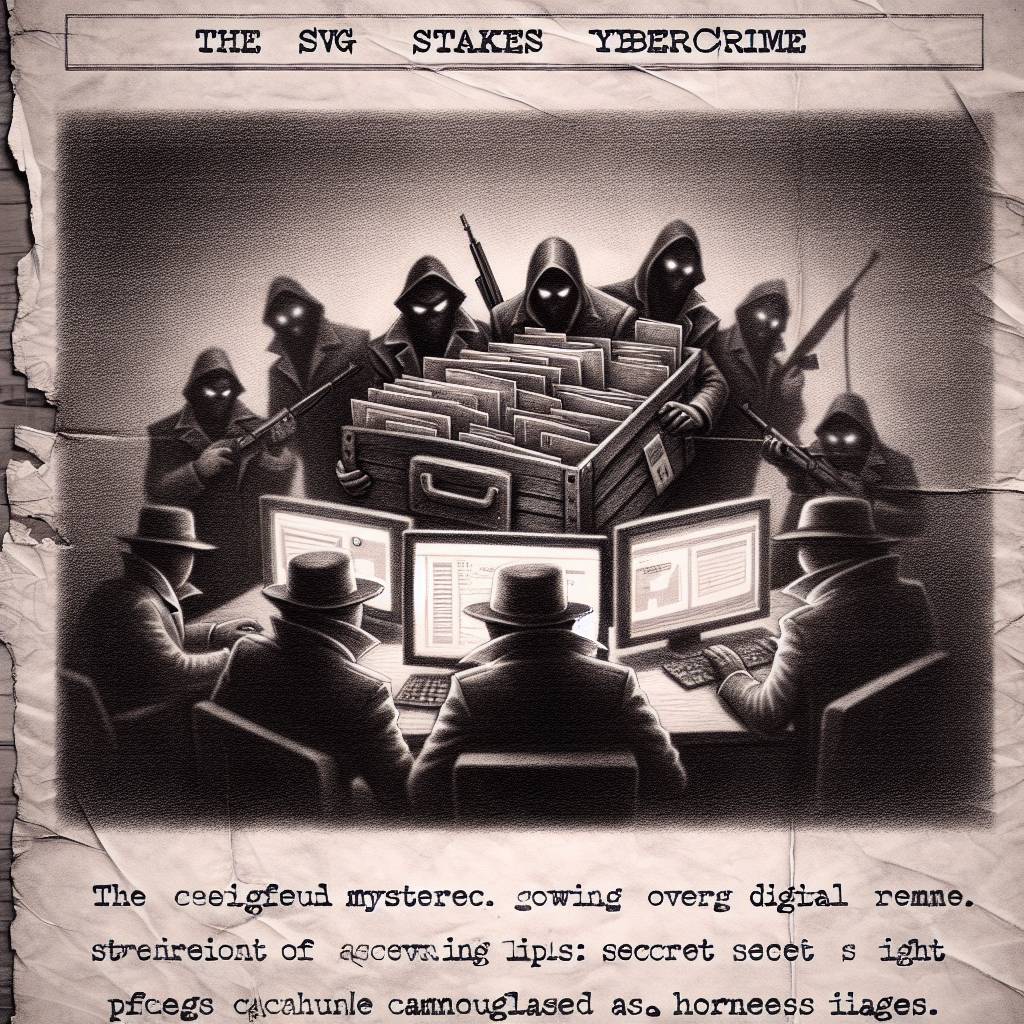SVG Smuggling: The New Cyber Heist Disguised as Harmless Images!
SVG Smuggling is the latest cyberattack trick, slipping malicious scripts through seemingly innocent image files. Hackers, armed with clever phishing emails, aim to outsmart traditional defenses and redirect users to dodgy sites. Strengthen your defenses and be wary of these sneaky SVGs—they’re not as innocent as they appear!

Hot Take:
SVG Smuggling is like the Trojan Horse of digital warfare—only instead of Greek soldiers, it’s packing malicious code. Who knew image files could be such sneaky little devils? In the world of cybersecurity, trust no file, not even the artsy ones!
Key Points:
- Hackers use SVG files to sneak malicious code past defenses in a tactic called “SVG Smuggling.”
- Targeted attacks are primarily aimed at B2B Service Providers handling sensitive data.
- Phishing emails are used to lure victims into opening the malicious SVG files.
- Temporary, low-reputation domains host the attackers’ infrastructure, making detection difficult.
- Security experts recommend activating advanced email security features and educating users about SVG risks.
Already a member? Log in here
